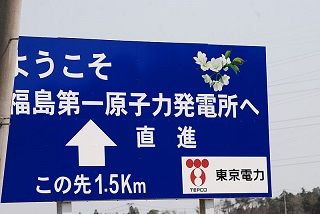Reporting on Nuclear Energy

Towards the end of the piece they clarify that the levels are less than 1/1000th a concentration that would still be considered harmless.
Given that, it seems irresponsible to scare people and turn them off to an entire industry—one that will quite probably prove necessary to help this planet turn the corner on the very well-known and well-understood catastrophe of fossil fuels.

I think it’s also an indicator of the level of local effects occurring over one fifth the circumference of the planet away from us. You know, where little Japanese children are showing thyroid abnormalities by the thousand? Fear of a great many reactor designs (and their location) is quite rational and well founded.
I don’t dispute that “Fear of a great many reactor designs (and their location) is quite rational and well founded.” But that’s not the point communicated in this piece.
The point of the piece above seems to be that the information about radiation pouring into the Pacific and traveling globally as a health threat has been used excessively in an attempt to discredit the claimed safety of an industry and energy source that is opined to be necessary.
Incidentally, the Weather.com news piece indicates the likelihood that those presently “safe” US coastal levels will rise significantly over the next two to three years. This is particularly notable as the flow of radiation into the ocean from Fukushima has not ceased.
Meanwhile, we’ve positioned nuclear plants on known earthquake faults here in the US, and the present plant designs are vulnerable to terror attack and natural disaster in any locale.
The plant designs currently in operation and planned for construction for grid-commercial purposes are inherently unsafe, and not especially cost effective. The waste from the current designs is also an ongoing and unresolved danger.
There are extremists on all sides of this issue, and I don’t count either of us in that group – yet while I’m not concretely certain where the line should be drawn in encouraging threat awareness on this subject, I don’t believe the weather.com article stepped over it.